How do you engage when your stakeholder group is dynamic?
“Every time I check the app numbers, they seem to be going up”, says Charlotte Hattrell, Community Engagement Officer on the Hope Valley Railway Upgrade. With Network Rail being the client, VolkerRail and Story Contracting joined forces and won the tender for upgrading an almost 130-year-old rail line straight through the middle of the Peak District.
As the works move down the track, the external stakeholders change and so do their needs and perceptions of the work carried out. Charlotte casually mentions that they “just work out how everyone perceives the project. Then we tailor our communications to suit that.”
But how do you engage a regularly changing group of external stakeholders, who, as Charlotte points out, might not even use the trainline? How can you show them the bigger picture when they experience mostly nuisance?
The Hope Valley Railway Upgrade
The Hope Valley Railway track runs from Manchester to Sheffield, in the UK. It is well known for its beautiful scenery, as it goes straight through the middle of the Peak District National Park. Apart from Manchester and Sheffield, you will find mostly small towns and villages along the line. There are hills and valleys, tunnels and viaducts, of which passengers have been enjoying the view for almost 130 years.
But an old track like that also comes with problems. The main one in this case is bottlenecks caused by freight trains. As it is a single-track line, passenger trains would often be delayed. The upgrade will solve that problem. Apart from adding passing loops, the work also consists of track- and signalling improvements, the construction of foot bridges and adding a platform to some of the existing stations. The project started in 2020 and will be completed a few months into 2024.
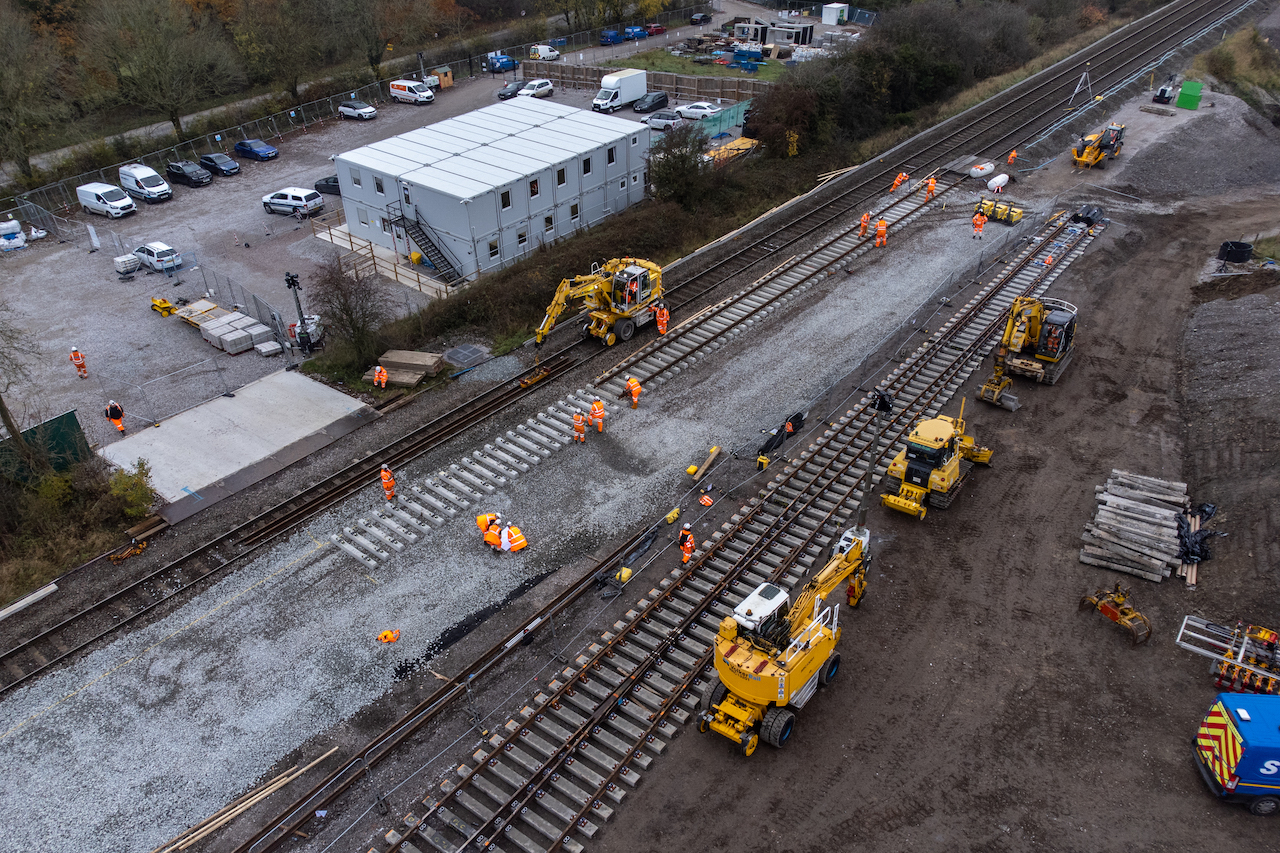
The challenges
Charlotte and her team are facing a number of challenges during their project. Obviously, the track is still in use as they are working on it. It runs through a national and protected park, the Peak District, with wildlife and nature in need of protection from pollution, nuisance and noise. “We have a specific environment team working on the project”, Charlotte explains. “They have had to produce around 10 environmental management plans, on ecology management, pollution management, noise and nuisance, landscape management, for example”.
With that part safe in the hands of the environment team, what are the challenges that Charlotte faces? First of all, the list of external stakeholders changes every time they move to the next part of the track. At this moment they have more than 775 SitePodium subscribers, and that number is growing. With every new stage, the needs and emotions of these stakeholders towards the work will be different. As a result, Charlotte needs to assess these new stakeholders from scratch and set up a suitable approach for them.
Another challenge they face is getting stakeholders to see the bigger picture. More often than not, the lineside neighbours, as Charlotte calls them, do not use this train line. How do you manage a stakeholder group that – at first glance – does not directly benefit from the project?
And lastly, their list of external stakeholders could theoretically be everyone using this train line while the work is in process. This can be a local resident, but also a backpacker from Japan or a businessman from London.
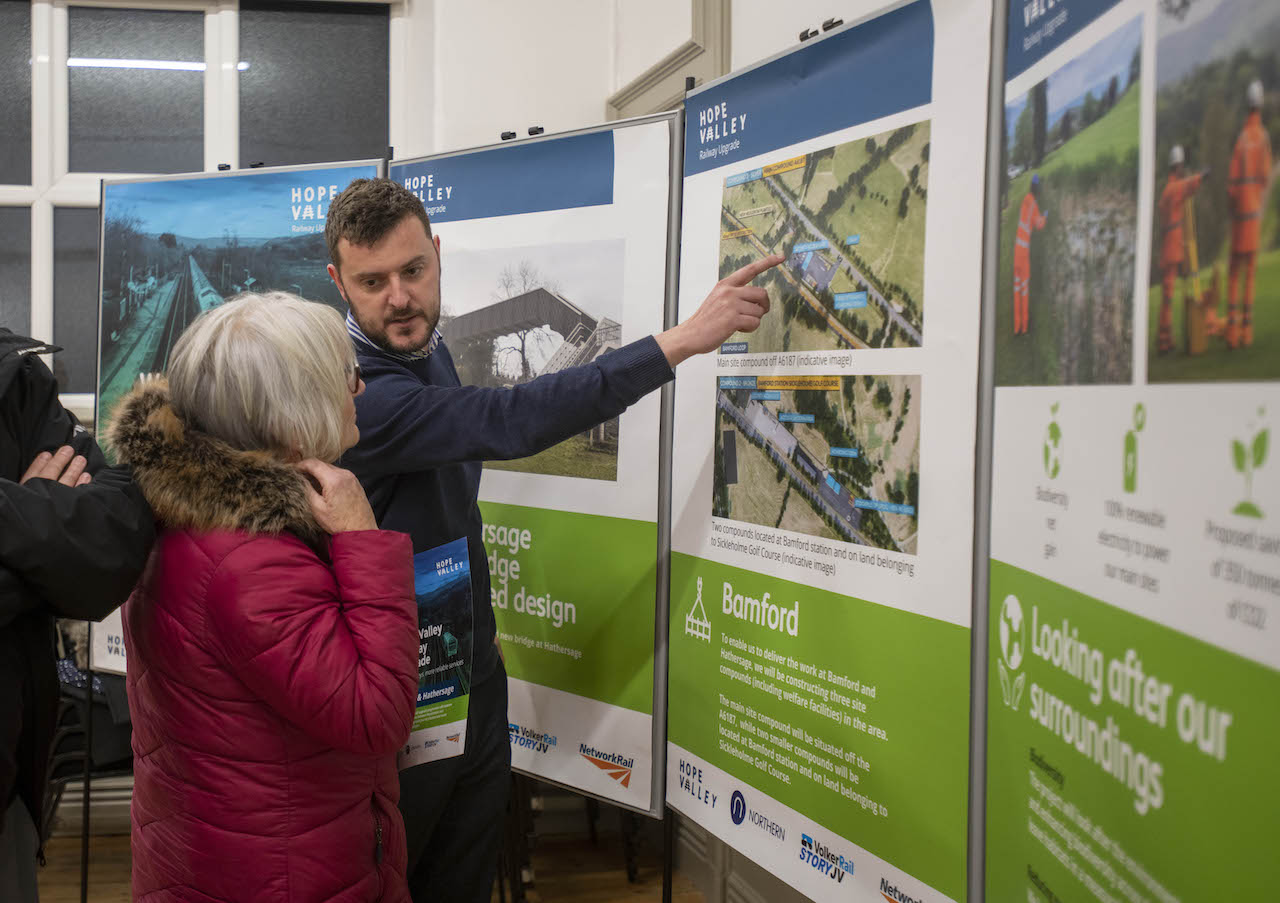
SitePodium as the main platform for digital communication
When asked why they chose SitePodium for their main communications platform, Charlotte explains that it was part of the contract commitment to Network Rail. VolkerRail used it successfully when engaging with the community during the Gosforth Depot project and as a result it became a part of their pitch when applying for this tender.
Apart from SitePodium they also use a digital notice board which can be updated remotely. It is placed at Dore & Totley station and has all the relevant information on it. Together with Story Construction they use social media for the communications of major milestones. Lineside neighbours receive notification and letters in their letterbox, informing them of noisy work and possible nuisance.
Charlotte uses SitePodium extensively, as she points out: “When we have a line closure, we usually take professional photos and sometimes video footage. Then we share that out on the app and other tools. That is trying to show what the disruption is for and that we are actually making progress. We get good reactions to that.”
So, during the Hope Valley Railway Upgrade, SitePodium was in use from the very beginning, and it has been its main platform for stakeholder engagement since. They use it for more specific and targeted communications, like carpark and line closures, but also progress updates, notifications for community meetings, and pictures of voluntary work carried out with local parish councils and schools. It is used for supplementing information that other types of communication could not.
“People in different areas have slightly different reactions to the project depending on the work that is done in the area. I guess managing that and dealing with it in different ways can be quite challenging.”
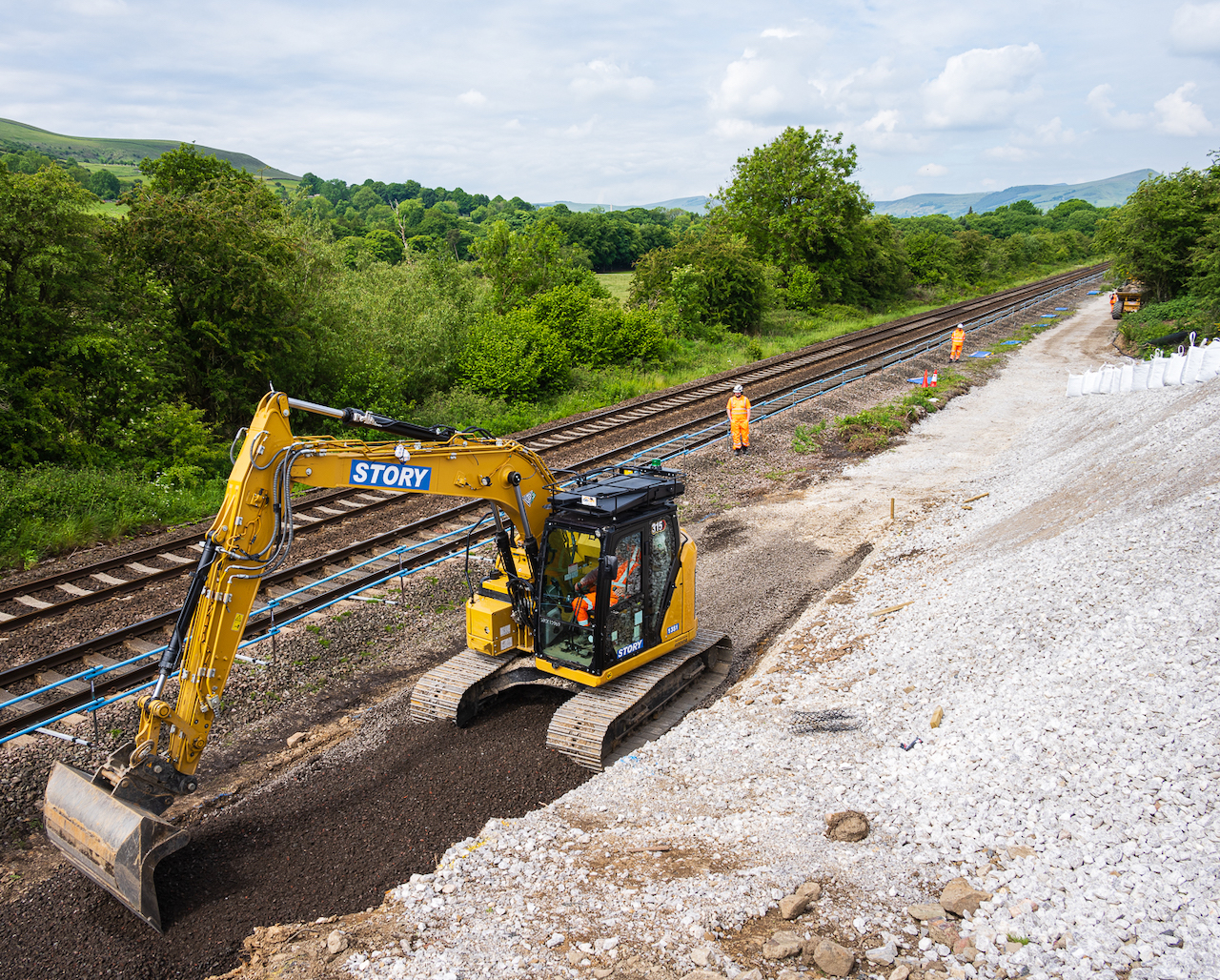
An impressive list of stakeholders
Luckily, Charlotte is working with Network Rail and communication about track closures and other disruptions for passengers, wherever from, is done through them. That still does not make her list of external stakeholders any less complex.
It goes from the Department of Transport and MPs to local parish councils. Landowners along the line, the Peak District National Park Authority, the Sheffield City Council and lineside neighbours are other major stakeholders she has to engage with regularly. “You could also count all the local charities and schools as stakeholder groups, because we engage with them by volunteering. That way, we can create positive PR for the project and make up for some of the disruption at the same time.”
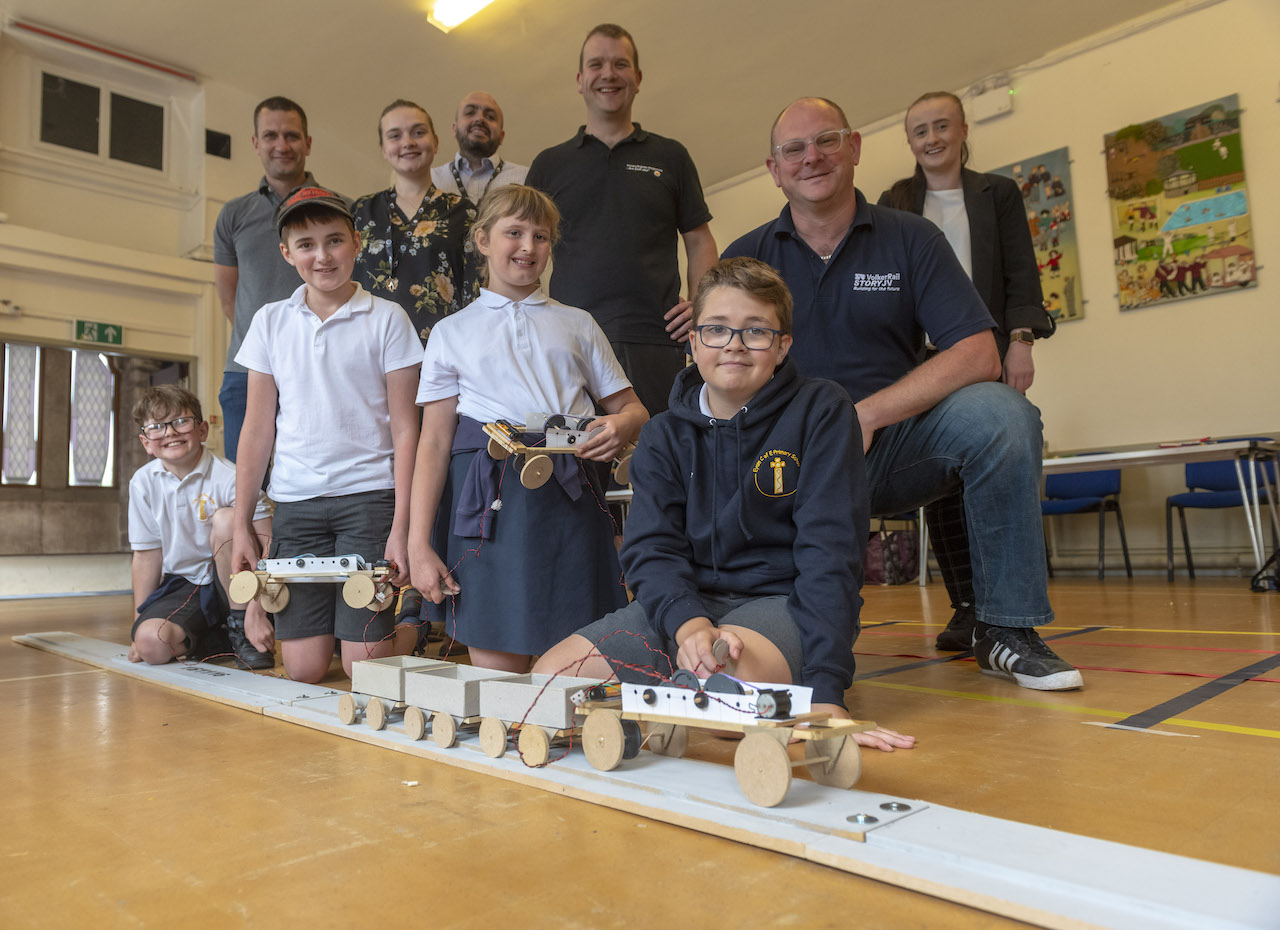
Getting the word out
From the moment they got the green light, it was up to Charlotte to spread the word about SitePodium. Implementation was fast and easy, as Charlotte points out: “We sent them all information that we wanted on the app (such as branding and wording) and they set us up with it.”
The setup was fast. Once up and running, Charlotte advertised it on all letters sent out. She also placed it on all signage and noticeboards around the project. Soon it became an integral part of their project and a recognisable and handy tool to supplement Network Rail’s primary method: sending out notifications.
Stakeholder engagement in Hope Valley
The project is nearing completion and the response to SitePodium has mostly been positive. Work on, for example, a new footbridge, a renovated platform or the completion of big milestones always get good feedback. Stakeholders were asking questions through the conversations function, and Charlotte was able to answer them in real time.
Naturally, SitePodium is not the only tool they use for enhancing social value and improving stakeholder engagement. As the Community Engagement Officer, Charlotte is also responsible for delivering social value commitments, meaning that they “have to do certain amount of volunteering in the community, working with schools to deliver career talks or mock interviews. I coordinate those as well.”
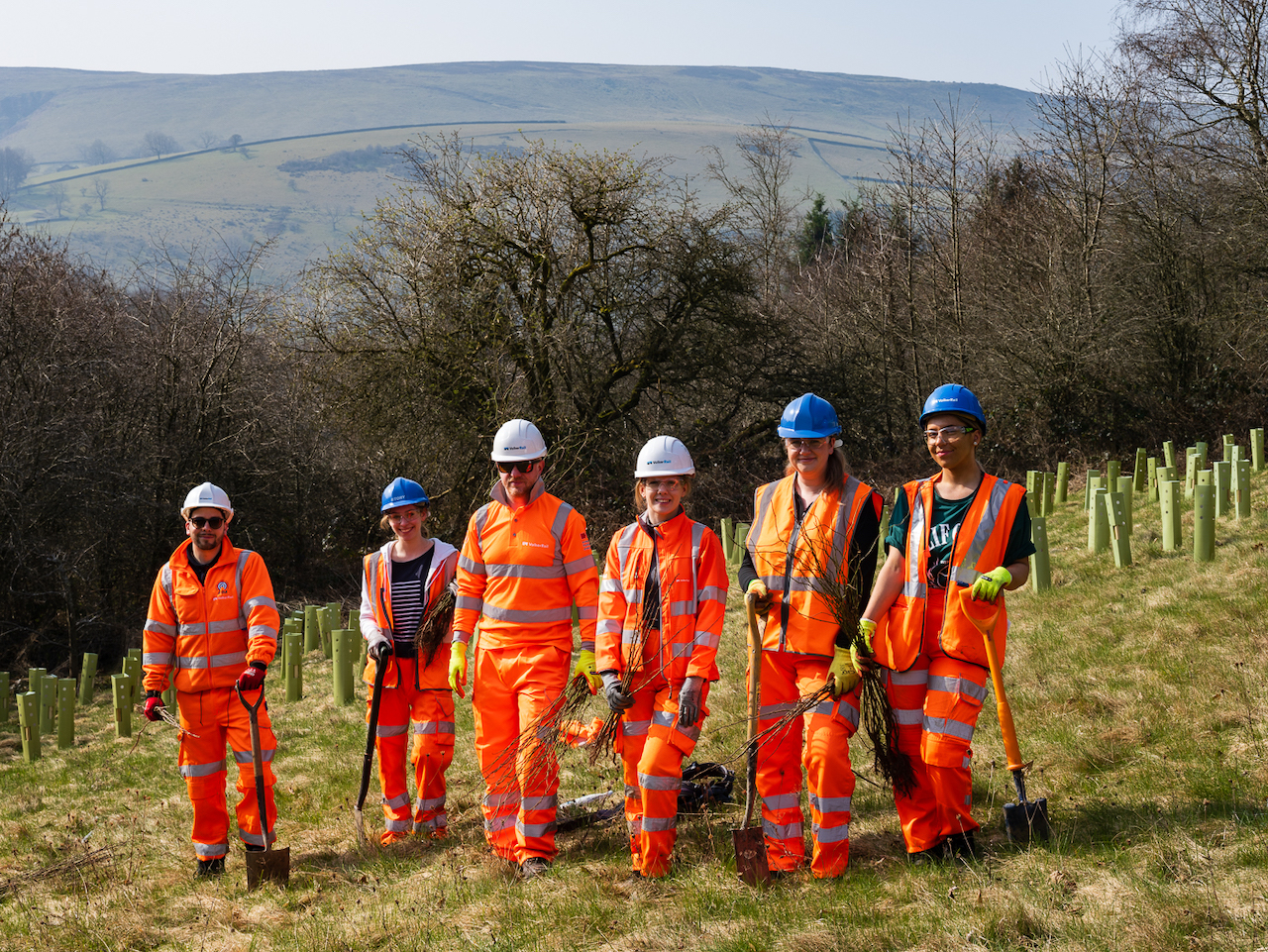
Challenges?
All in all, SitePodium really helped Charlotte to keep stakeholders happy and informed. But, as mentioned earlier, she was still dealing with a number of challenges unique to her project. How was SitePodium able to help her tackle these and turn them into something positive?
- Dynamic list of stakeholders
Stakeholders come and go as the Hope Valley project enters the next phase. One of the challenges Charlotte faces is to deal with a dynamic list of stakeholders affected by several types of work done along the line. Every time they move, she “sends letters out to the areas advertising the app”, and “the numbers have obviously gone up”, she explains. “I suppose some people might be unsubscribing, but I have not noticed it.”
The only thing Charlotte can do is adjust her stakeholder communication method slightly for every new area. They organise community events, where they explain the benefits, tailored specifically to that area. - Communicating the bigger picture
Another challenge Charlotte has to overcome is the difficulty to communicate the benefit to affected stakeholders who never take the train. To emphasise the end-result, they always add the reasons for the project in all their communications. And they tailor their communication of these benefits to the specific areas, Charlotte says. For example, a reduction of noise from passing trains for lineside neighbours, a better infrastructure at the station, or fewer delays for commuters.As Charlotte points out, in some areas that is easier to achieve than in others. “It is easier in places where we are putting in a new platform or a new footbridge. There are a lot of train enthusiasts in the area who are quite happy about that. That is easier because they gain something physical that they can see.” - Everyone near the track is a potential stakeholder
What do you do when everyone in the area at that time is a potential stakeholder? How can you include passengers in your stakeholder map when you have no idea who will be travelling that day?Charlotte points out that SitePodium is a huge help: “There is a passenger option on SitePodium that people can click on when they sign up and if they are interested in the project.” Apart from that, the wider communication aimed at the rail line users, is done through Network Rail. That way, Charlotte can focus on social value and community engagement in the area they are working in.
Social value and stakeholder engagement in the future
Charlotte predicts that “the needs of the community, and social value initiatives, will become increasingly important on construction projects.” Also, according to her, apps and technology will become a sustainable replacement for communication on paper.
This is exactly what SitePodium offers construction projects. And, as shown through Charlotte’s hard work on the Hope Valley Railway Upgrade, it is adaptable and flexible enough to deal with even a stakeholder group that is dynamic and whose needs change as the project progresses. At SitePodium we are more than happy to adapt and change so we can cater to every project’s needs.
Charlotte would recommend SitePodium to others. As the one placing the updates, she is fully aware of its benefits. Even the internal stakeholders in her project have downloaded it onto their phone. “That is quite nice for posts with pictures that we put out or volunteering that we have done. Things that the internal team have been involved in. While it is trying to promote positive things in the community, it is also a bit of a shoutout to the teams and a thank you to them.”

